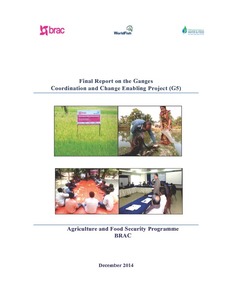Failure of black cohosh (Actaea racemosa L.) rhizome transplants: potential causes and forest farming implications
Black cohosh (Actaea racemosa L.) rhizomes are harvested extensively from eastern North American forests and sold worldwide for treatment of menopausal symptoms. While forest farming is encouraged to reduce wild-harvest impacts, little information is available to aid landowners in successfully cultivating black cohosh. This study examined survival and multi-year growth of 200 black cohosh rhizomes collected from an Appalachian deciduous forest and transplanted to a similar forest type.




